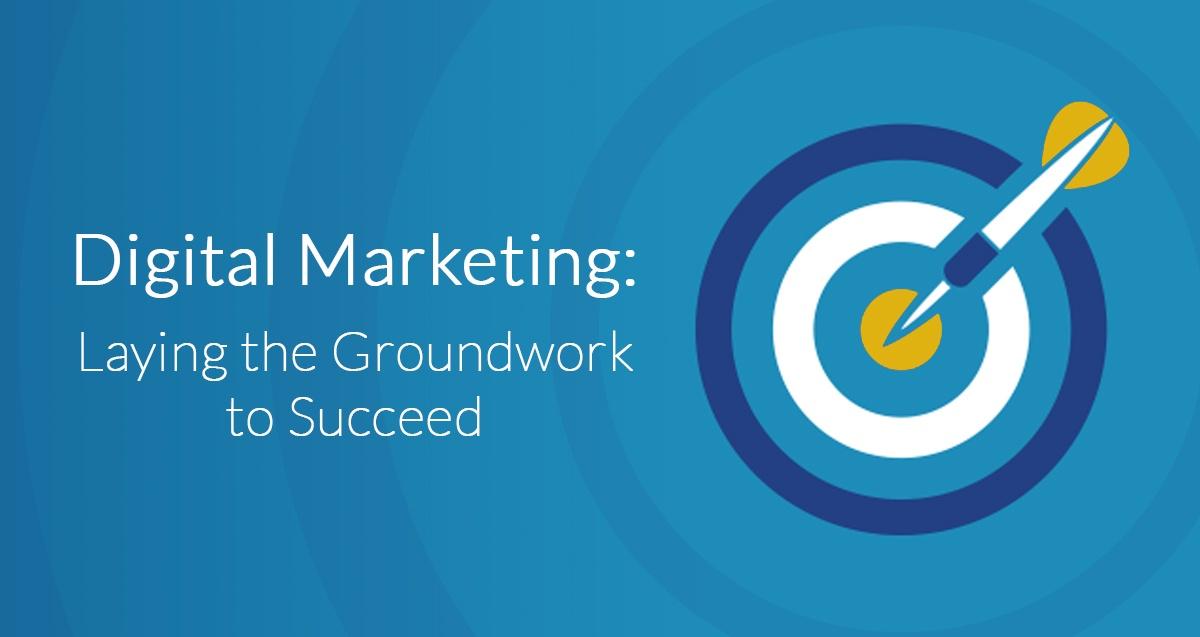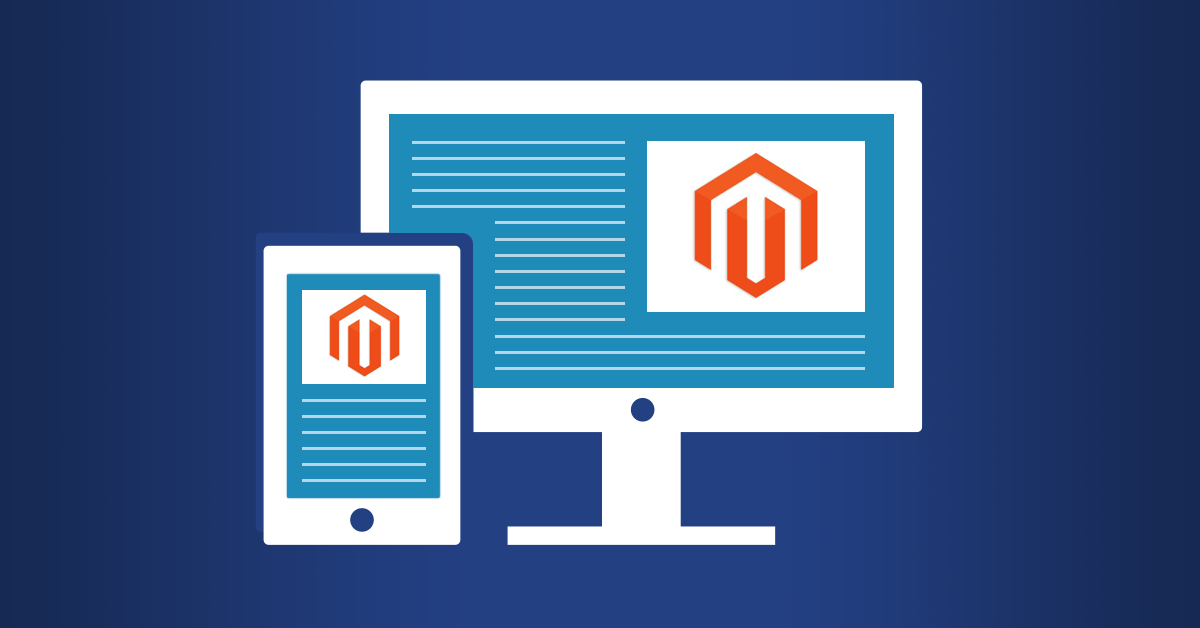The majority of customers now discover businesses through search engines like Google and Bing, making a high search ranking a significant advantage. To demonstrate that your business offers what people are looking for, your website should be optimized for searches by company name, topic, question, location, or keywords related to your business.
At Harris Web Works, we provide comprehensive Search Engine Optimization (SEO) services that help businesses improve their online visibility and attract significantly more traffic. Our team of experts in digital search techniques, trends, and advertising will usher you through the complex arena of search marketing.
SEO Services at Harris Web Works
We provide a range of SEO services to ensure our clients’ websites are optimized for search engines and effectively reach their target audience, including:
- Keyword Research and Optimization: Identifying relevant keywords and integrating them strategically into website content to improve search engine rankings.
- Content Creation and Blogging: Developing original, high-quality content and maintaining a blog to engage users and enhance the website’s authority and relevance.
- Technical SEO: Implementing best practices for website architecture, meta tags, and other technical elements to improve organic search performance.
- Link Building: Acquiring high-quality inbound links to enhance the website’s credibility and visibility.
- Ongoing SEO Strategy: Continuously evolving SEO activities to adapt to changing search engine algorithms and industry trends.
Our team is comprised of experts in digital search techniques, content marketing, and advertising. They work closely with each client to develop customized SEO plans tailored to their specific needs and business goals. By leveraging in-depth knowledge and experience on SEO best practices along with each client’s online platforms, we help businesses establish a strong online presence, attract relevant traffic, and stay ahead of the competition in the ever-evolving digital landscape.
At Harris Web Works, we have a team of experts in digital search techniques, trends, and advertising who can help you navigate the complex arena of search marketing. We work closely with each client to create and implement customized SEO and SEM plans based on their specific needs and business goals. Our goal is to help businesses rank well in organic search results, attract the right visitors, and stay ahead of the competition in the ever-evolving digital landscape.With our expertise and experience, we can handle all the strategic and tactical elements of creating a search-friendly website, allowing you to focus on your business without worrying about whether people will be able to find your website. Contact us to learn more about how we can help you improve your online presence and achieve your digital marketing goals.










